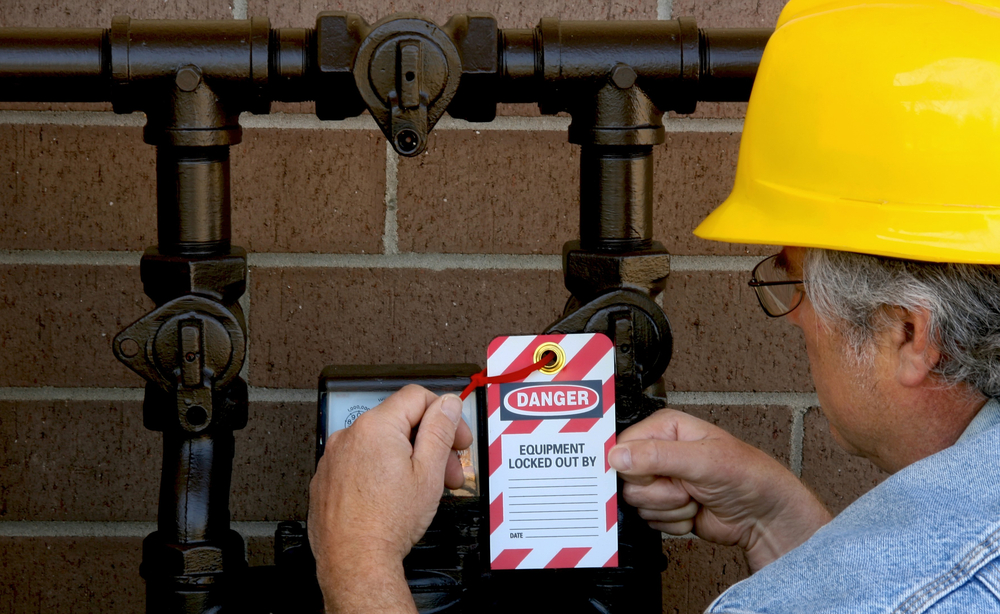
Lockout/tagout (LOTO) is a safety procedure used to make sure equipment and machines are properly shut off and not able to start during maintenance or repair work. This is known as controlling hazardous energy. Equipment can store energy even after the power is turned off with a circuit breaker, switch, valve, flange, or another device.
LOTO procedures save lives, yet the control of hazardous energy (CFR 1910.147) remains in OSHA’s Top 10 list for the most-cited violations. These steps can help prevent the unexpected release of stored energy during equipment maintenance, repair, and set-up:
1 Prepare.
An authorized employee must identify all potential forms of hazardous energy and know how to control it.
2 Shutdown.
Turn off the equipment using the proper procedures. Inform any employee who uses the machinery about the shutdown, even if they are not involved in the service or maintenance.
3 Isolation.
Isolate equipment from any energy source. Isolation may mean turning off the power at a breaker or shutting a valve. However, among other safety concerns, remember that:
- electrical equipment can store energy in capacitors;
- machines running on hydraulic or pneumatic energy can keep pressure in areas between the energy-isolating device and the moving parts;
- equipment running on chemical energy can have fuel in the lines;
- springs and tension belts can contain stored mechanical energy; and
- pistons suspended in mid-motion can store energy from gravity.
4 Lock and tag.
Apply a lockout device, such as a padlock, blank flanges, or bolted slip blinds to keep equipment in a safe (energy-isolating) position. Then, place a tag on the device with the authorized employee's name who performed the lockout. Pulling a fuse or flipping a circuit breaker is no substitute for locking out!
5 Check for stored energy.
Even after the energy source has been disconnected and the machine has been locked out, hazardous energy may remain in the machine. It is critical to release all stored energy before maintenance or service begins by grounding, repositioning, bleeding, venting, blocking, or depressurizing lines.
6 Verify isolation.
Check again to make sure the equipment is isolated and de-energized before service or maintenance begins by:
- pressing all operating controls to make sure there is no power;
- returning power switches to the OFF position; and
- informing employees in the area that the work is about to begin.
For more information on controlling hazardous energy, review OSHA’s standard on LOTO procedures (CFR 1910.147); or download or stream any of DWC’s free LOTO safety publications or workplace safety videos.
